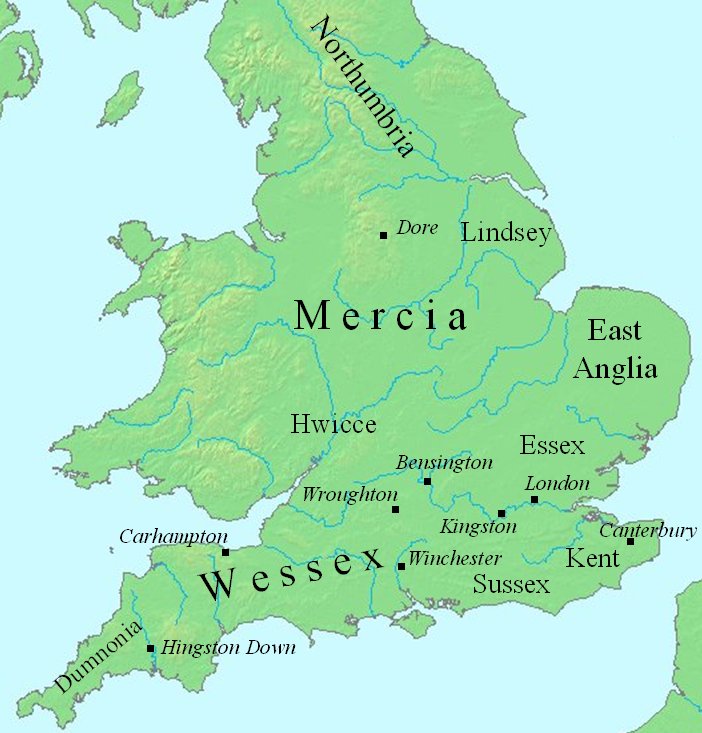
The Historical Truth Behind Egbert, The AngloSaxon King Of Wessex
Monasteries of the Anglo-Saxons . Subcategories This category has the following 2 subcategories, out of 2 total. A Amesbury Abbey (1 C, 7 P) Anglo-Saxon cathedrals (12 P) Pages in category "Anglo-Saxon monastic houses" The following 78 pages are in this category, out of 78 total. This list may not reflect recent changes . A Abbotsbury Abbey

Pin on Dissolution of the Monasteries by Henry VIII of England
KS2 What did the Anglo-Saxons believe? Part of History Anglo-Saxons Year 3 Year 4 Year 5 Year 6 Remove from My Bitesize What changed when the Anglo-Saxons converted to Christianity? Why.

English Historical Fiction Authors Vagrants and Vagabonds in Tudor England
The Anglo-Saxon Monastery Wearmouth-Jarrow was the creation of Northumbrian nobleman Benedict Biscop (about 628-90), who visited Rome and was inspired by the Christian life he saw there. In 674 he approached King Ecgfrith of Northumbria for land for a monastery.

February 25 Saint Aethelbert of Kent (England) Anglo saxon kings
Other Anglo-Saxon missionaries to the continent include Lebuin, Ewald, and Suidbert . Saint Walpurga (Walburga) and her brothers Saint Willibald and Saint Winibald assisted Boniface, [10] Willibald founding the Heidenheim monastery. [11] Monasteries Anglo-Saxon abbeys established on the continent were sometimes family monasteries.
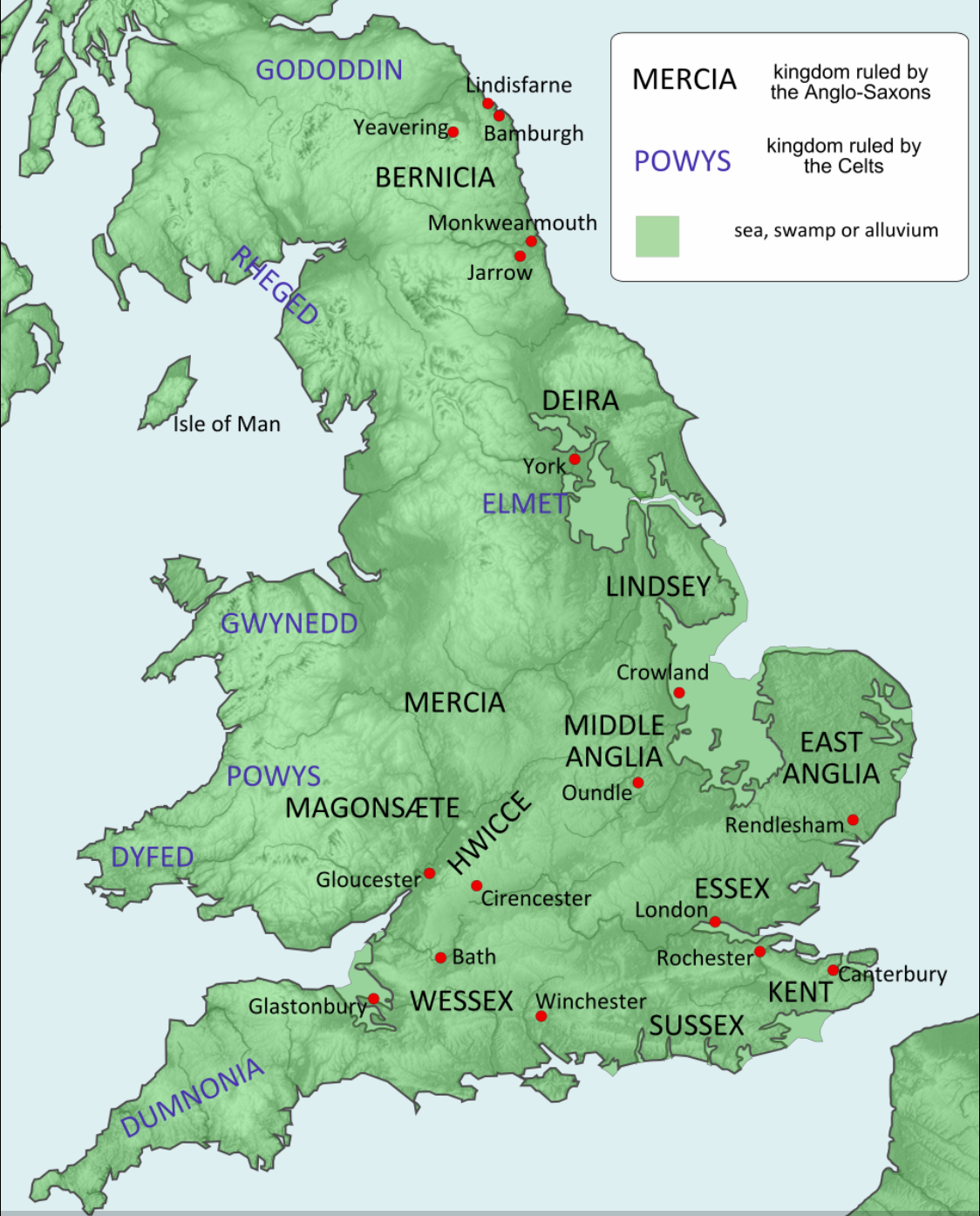
中世纪早期英格兰漫游①七国黎明 知乎
Archaeologists have started their next phase of works to excavate an 8th Century monastery. The team from the University of Reading first discovered the Anglo-Saxon site in Cookham, Berkshire, in.
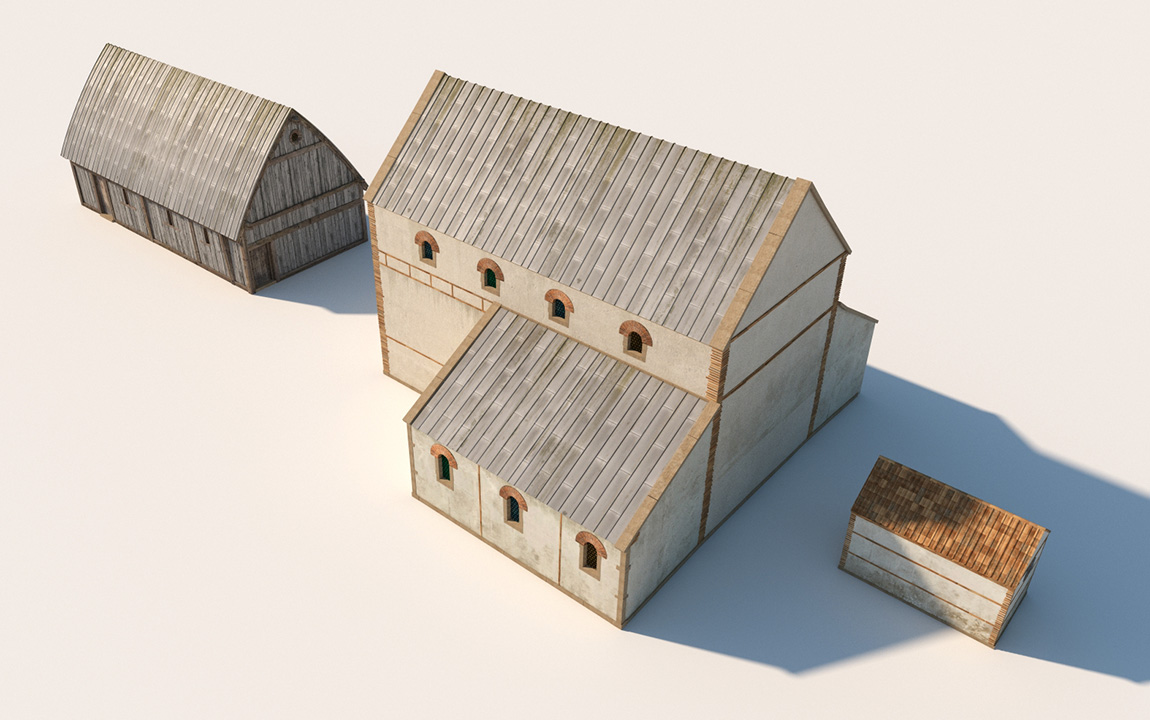
AngloSaxon churches Glastonbury Abbey Archaeology
Monastic Life Monasteries were places where men could go and devote their entire life to God. Most of their waking hours were governed by a set of rules, laid down by St Benedict in the sixth century. Since the latin for a rule is 'regula', they are usually known as 'regular clergy'.

Anglo Saxon Britain. Ruins of Monastery on the Isle of Iona founded
founded monasteries; commissioned the writing of the Anglo-Saxon Chronicle, a historical record of the Anglo-Saxons in Britain. After 793, when the Vikings raided Lindisfarne Monastery, the history of the Anglo-Saxons becomes entangled with that of the Vikings. In many ways they were similar: in language, religion and Northern European origins.
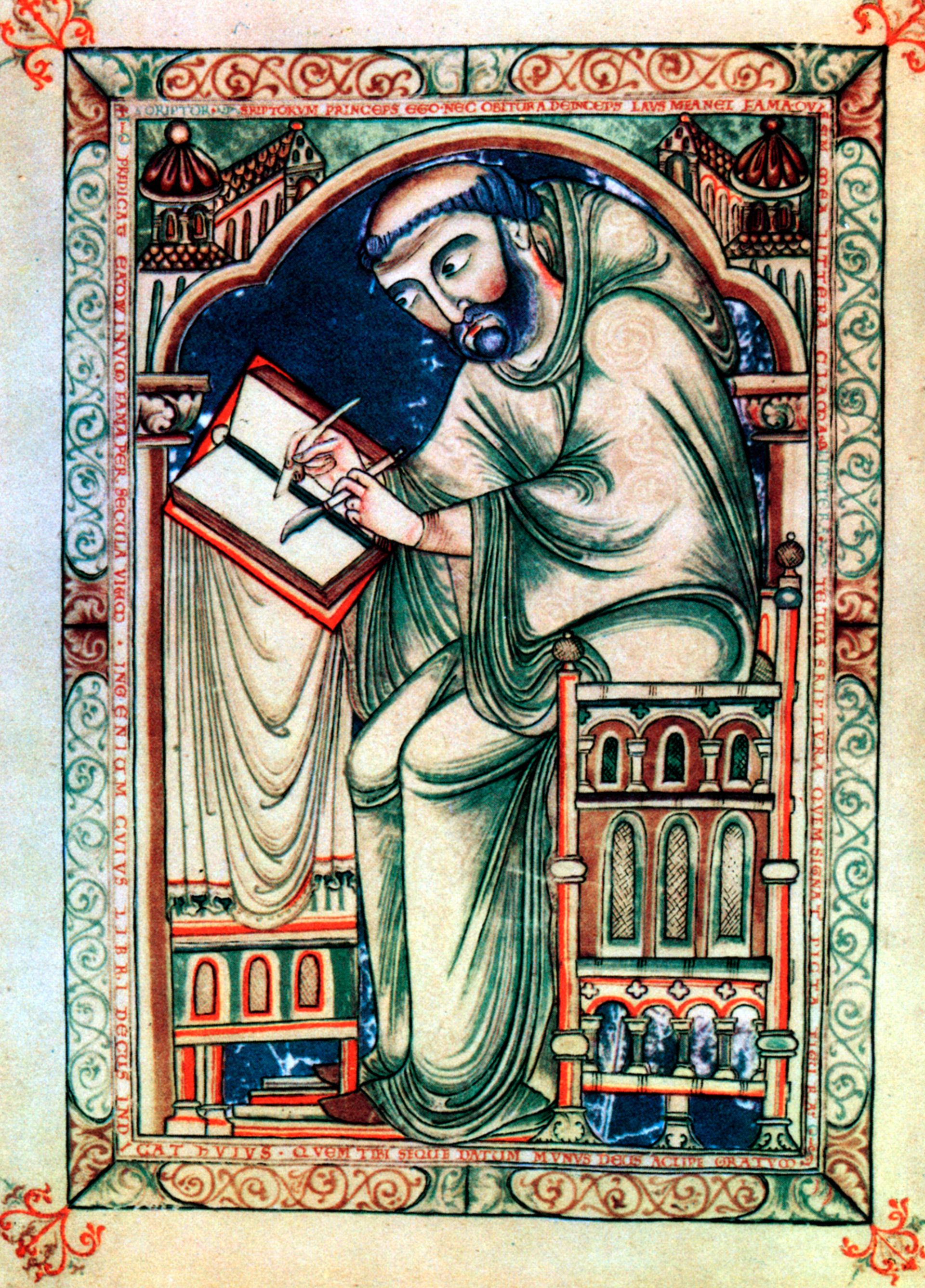
Anglo Saxon Writing Anglo Saxon Manuscripts DK Find Out
The English Benedictine Reform or Monastic Reform of the English church in the late tenth century was a religious and intellectual movement in the later Anglo-Saxon period. In the mid-tenth century almost all monasteries were staffed by secular clergy, who were often married.

Map of AngloSaxon Enland Northumbria, Mercia, Wessex Map of britain
Cool Finds Newly Unearthed Anglo-Saxon Monastery May Have Hosted England's First Coronation In the millennia since Edgar the Peaceful's 973 coronation, the content of the royal ceremony has.

In 793 the monastery at Lindisfarne was attacked. Churches were an easy
The Anglo-Saxon monastery. Digital reconstruction of an early phase of the church, around 700 AD. Clonmacnoise, County Offaly, Ireland. The earliest historical evidence for the monastery at Glastonbury is from the last 30 years of the 7th century. The West Saxon kings Cenwealh (641-72), Centwine (676-85) and Ine (688-726) all granted charters.

How AngloSaxons Established Dominance By Burying Their Dead
The Anglo-Saxon monastery. Merewalh, 'subking' of Magonsaete, a subkingdom of the Anglo-Saxon kingdom of Mercia, founded the first monastery at Wenlock between 670 and 680. Called Wimnicas, it was a 'dual house' - a community of both monks and nuns. Double monasteries of this type originated in France, and were not uncommon between.
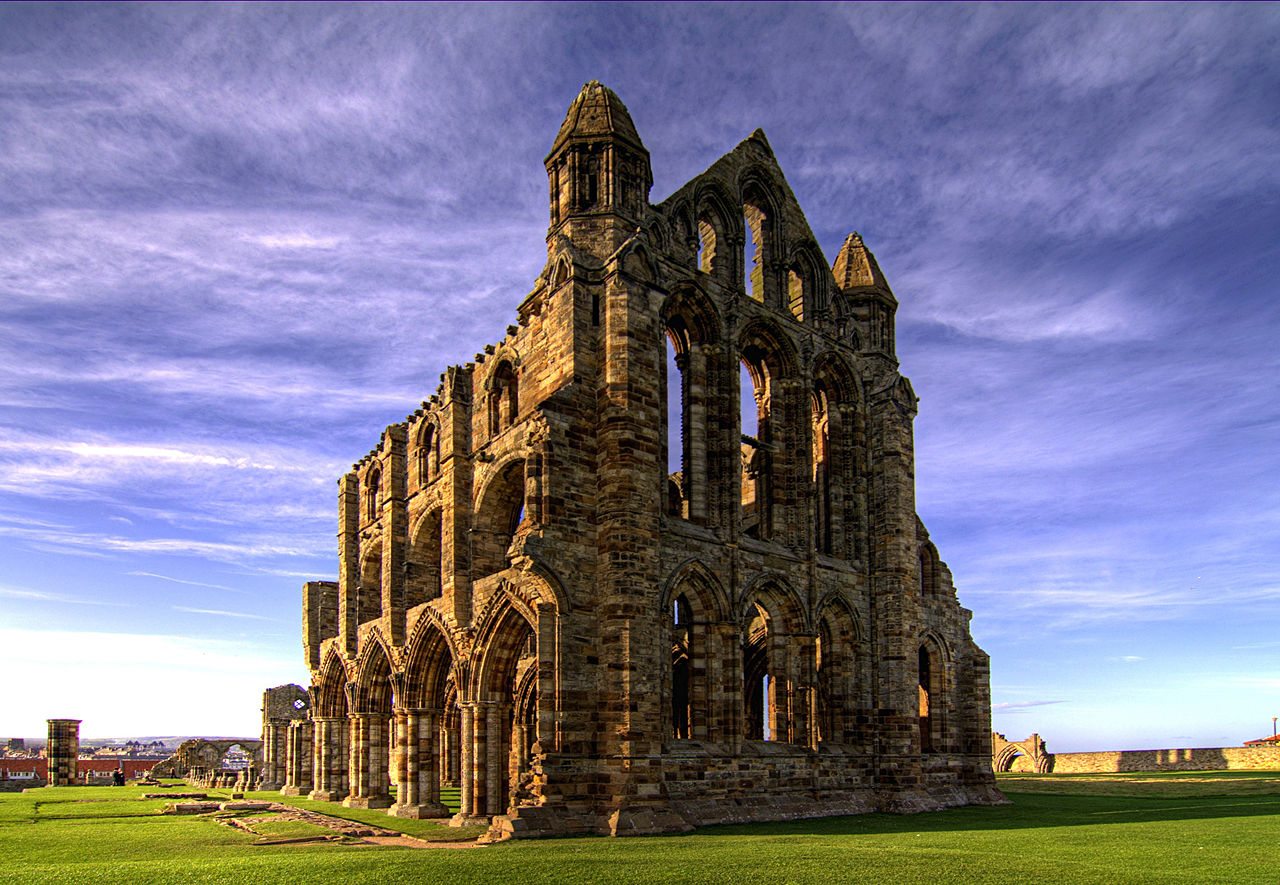
Top 10 Medieval Ruins in England
1. They had no cloisters Cloisters are the architectural manifestation of the theological concept of 'enclaustration' (withdrawing from the world to worship) and probably one of the first things you think of when you picture a monastery.

The AngloSaxon dioceses before 925. Normal diocesan life was greatly
Physical model reconstruction of Monkwearmouth/Jarrow monastery in Northumberland (© Rosemary Cramp) European monasteries usually had a single church which formed one side of the cloister plan. In contrast, it was common for Anglo-Saxon monasteries in England to have several churches on one site, arranged on a long single axis (as at Glastonbury).
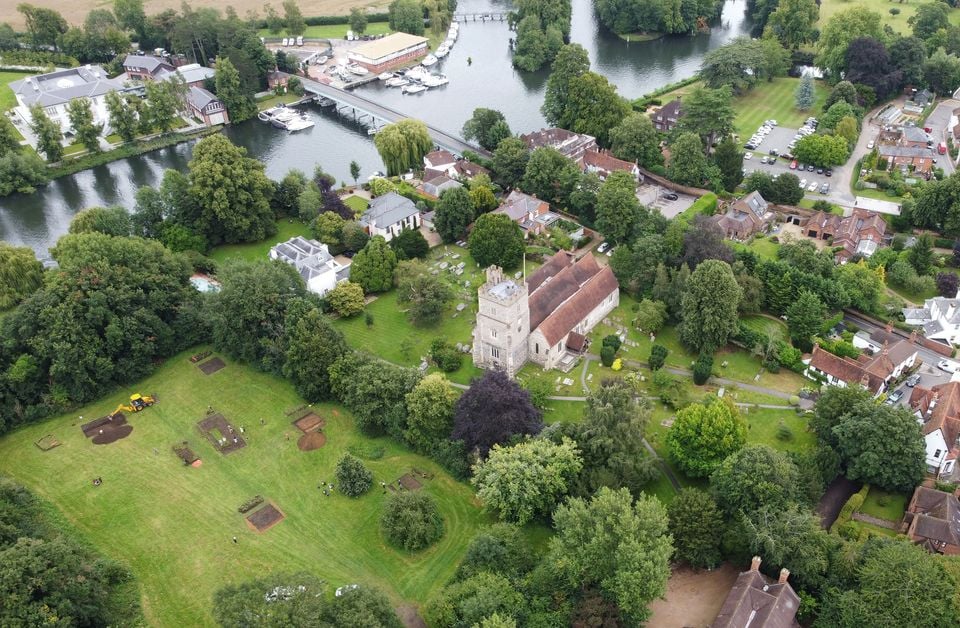
Archaeologists in England Unearthed a LongLost Monastery Presided Over
A double monastery (also dual monastery or double house) is a monastery combining separate communities of monks and of nuns, joined in one institution to share one church and other facilities. [1] [a] The practice is believed to have started in the East at the dawn of monasticism.
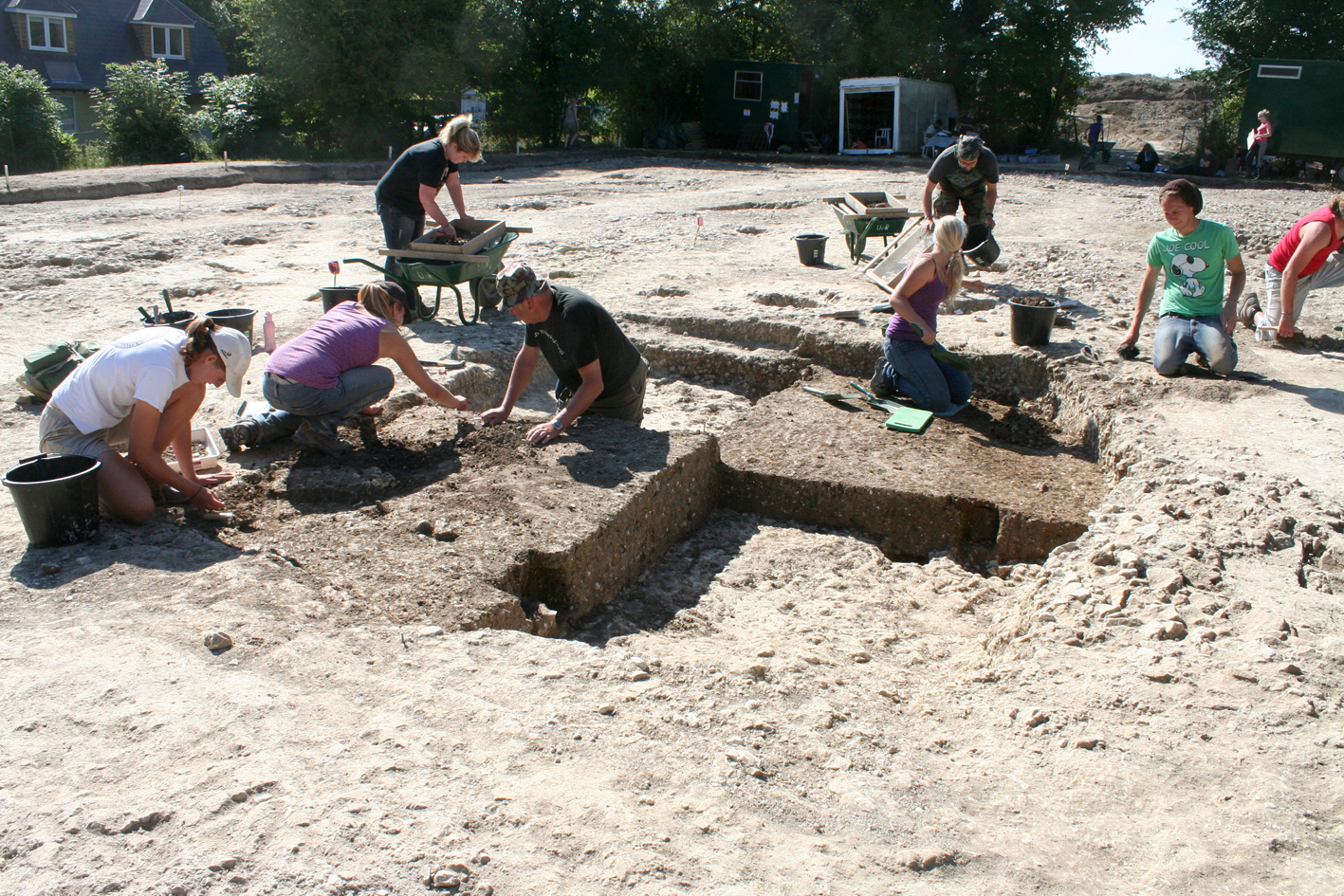
Reconstructing the AngloSaxon monastic landscape of Lyminge, Kent
Anglo-Saxon, term used historically to describe any member of the Germanic peoples who, from the 5th century ce to the time of the Norman Conquest (1066), inhabited and ruled territories that are today part of England and Wales. According to St. Bede the Venerable, the Anglo-Saxons were the descendants of three different Germanic peoples—the.

Monasteries in the AngloSaxon Landscape, AD 6501066 Events
St. Bede the Venerable (born 672/673, traditionally Monkton in Jarrow, Northumbria [England]—died May 25, 735, Jarrow; canonized 1899; feast day May 25) Anglo-Saxon theologian, historian, and chronologist. St.